The foundation for a harmonious life
Not simply arranging furniture or choosing colors for a room, interior design is the art of organizing living space, where people live, work and relax in harmony of aesthetics and functionality.
Material function ensures convenience, safety and scientific use. Spiritual function aims at the emotions, aesthetics and comfort of the occupants. These two factors are not separate but blend together, creating vitality and value for the space. In the context of modern urban areas, when the area is increasingly narrowing and human life is deeply attached to technology, interior design plays an increasingly important role in improving the quality of life, helping to balance between material and spiritual needs.
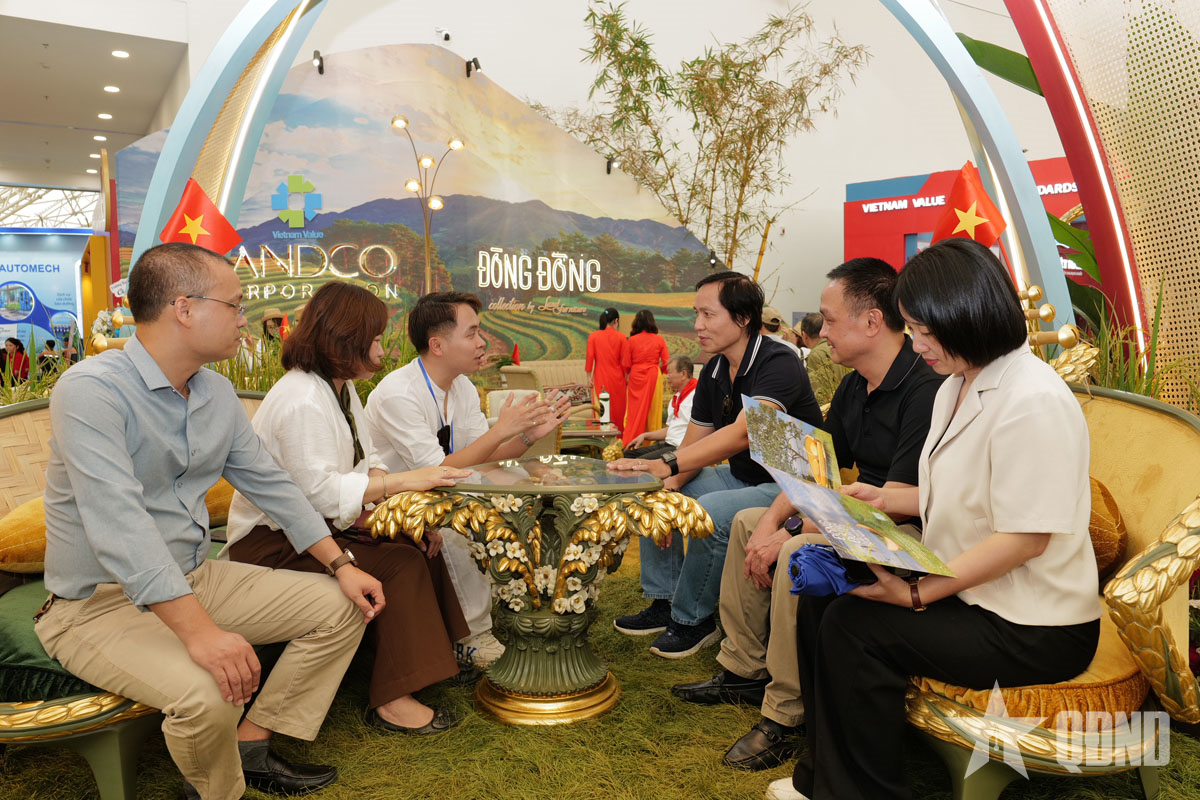 |
The public visits the creative furniture collection "Dong Dong" of Landco Joint Stock Company at the National Achievement Exhibition "80 years of the journey of Independence-Freedom-Happiness" 2025. Photo: ANH DUONG |
Dr. Bui Thanh Hoa, Head of the Department of Sustainable Interior Design, School of Interdisciplinary Sciences and Arts, Vietnam National University, Hanoi , said: “Modern interior design operates on three main pillars: functionality, aesthetics and technology. When these three elements are harmoniously combined, the living space not only meets living needs but also expresses the style and personality of people in relation to the surrounding environment. A well-designed space can inspire, promote creativity and bring positive energy every day.”
In fact, interior design is a key step in every project - from houses, schools, offices, hospitals to cultural and commercial buildings. This work needs to be carried out in parallel with architectural design right from the concept stage, so that technical, aesthetic and functional elements can be unified. If interior design is considered only as the final decoration, the result will be financial waste, patchwork adjustments, even demolition and redoing.
Therefore, interior design needs to be placed at the center of the entire construction process. Correct awareness of its role is also the foundation for forming a civilized, modern and unique living space culture.
Big bottleneck makes interior design "invisible"
The Vietnamese furniture industry is on the rise, but it is accompanied by many long-standing bottlenecks that are difficult to resolve. The first paradox lies in the consumer psychology. A segment of the population still sees furniture as a tool for showing off rather than a real living space. This leads to the situation where many newly purchased apartments are repaired and the entire design is changed, not to improve the utility but only to "please the eyes of outsiders". This preference for form leads to a series of consequences when many projects fall into a state of copying foreign styles, regardless of the climate, anthropometry and living habits of Vietnamese people.
From the manufacturer’s side, dependence on outsourcing remains a major bottleneck. Many experts say that the Vietnamese furniture manufacturing ecosystem is heavily reliant on outsourcing and lacks creativity. Most businesses only stop at manufacturing for foreign brands, not having the capacity to develop their own products and build domestic brands.
Due to lack of investment in research, design and technology, domestic products, although skillful, lack their own mark and easily blend into the international market. Dependence on imported components also increases costs, reducing competitiveness.
Besides, there is a paradox in the legal framework. In current documents from the Construction Law, the Architecture Law to decrees and guiding circulars, the appearance of the keyword "interior design" is still almost "invisible". There are no specific regulations on the role or cost of interior design in the overall construction project.
By not incorporating interior design right from the conceptual stage, many projects only discover a lack of uniformity in spatial organization after completing the architectural part. As a result, the project must be repaired or even demolished after completion, leading to waste of materials, time and budget. This problem is not only a technical story but also reflects a gap in management thinking and knowledge application capacity.
According to interior experts, to solve this problem, there needs to be a synchronous policy and coordination between the State, businesses and training institutions. When these three factors come together and create a resonance, the Vietnamese interior industry can stand firm on its own cultural foundation and values.
The industry of identity and responsibility
The future of Vietnamese interior design is opening up from the meeting of identity, sustainability and professional ecosystem. Associate Professor, Doctor, Architect Vu Hong Cuong, Head of the Department of Interior Design, Hanoi University of Architecture, believes that contemporary Vietnamese interior design needs to start from traditional cultural values but needs to integrate with modern trends. Indigenous materials such as rattan, bamboo, sedge or handicrafts are not only symbolic decorative shells but also a living archive to develop product stories, to create spaces with cultural depth and individuality.
The core of interior design identity lies not in recreating familiar images but in the Vietnamese people's eternal philosophy of life, with elements such as flexibility in living space, connection with nature, community spirit and moderation. When these elements are transformed by modern design language and technology, Vietnamese interior design not only retains its soul but also expands its ability to integrate internationally.
Sustainability is also the next direction. The future of interior design will not stop at using green materials but expand to a responsible design thinking throughout the entire product life cycle. At many universities, the sustainable interior design course is built on an interdisciplinary foundation between creativity and technology.
The course curriculum not only imparts knowledge about ecological materials, green building standards or product life cycles, but also trains students in the ability to think in design in relation to social and cultural contexts. Students learn through practical projects in a workshop model, in collaboration with businesses and craft villages. As a result, indigenous knowledge is empowered by digital technology , creating contemporary products with longevity and practical value, instead of just stopping at aesthetics.
For Vietnamese interior design to truly emerge, an indispensable factor is a complete professional and management ecosystem. There needs to be a policy to encourage design businesses, a priority mechanism in public investment and a legal framework that recognizes the role of interior design in the entire construction process. The establishment of the Vietnam Interior Design Association two years ago partly reflects this urgent need. The Association is creating a bridge between designers, artisans, businesses and management agencies to create an interior industry with its own mark.
In education, Dr. Bui Thanh Hoa proposed three directions of adjustment. Specifically, integrating knowledge about ecological materials and environmental standards into the training program, developing the capacity for systemic thinking linked to cultural context and long-term social impact, and promoting project-based learning and continuous reflection. The Vietnamese interior design industry can learn from the world about how to standardize sustainable competency frameworks and simulate environmental impact assessments, but at the same time, it can also contribute in return with indigenous knowledge and design philosophy that harmonizes people with nature.
Source: https://www.qdnd.vn/van-hoa/doi-song/khat-vong-hoi-nhap-va-khoang-trong-chinh-sach-cua-noi-that-viet-1011884





![[Photo] Unique architecture of the deepest metro station in France](https://vphoto.vietnam.vn/thumb/1200x675/vietnam/resource/IMAGE/2025/11/14/1763107592365_ga-sau-nhat-nuoc-phap-duy-1-6403-jpg.webp)

![[Photo] Unique art of painting Tuong masks](https://vphoto.vietnam.vn/thumb/1200x675/vietnam/resource/IMAGE/2025/11/14/1763094089301_ndo_br_1-jpg.webp)
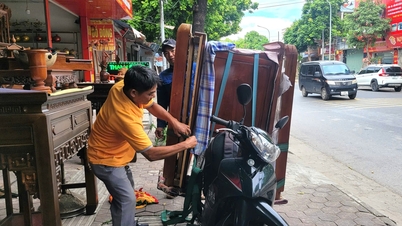



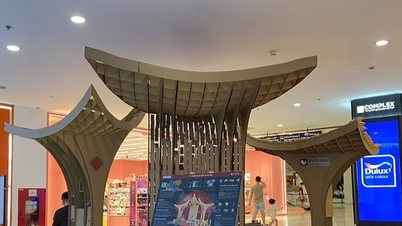

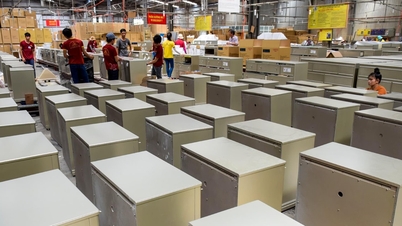

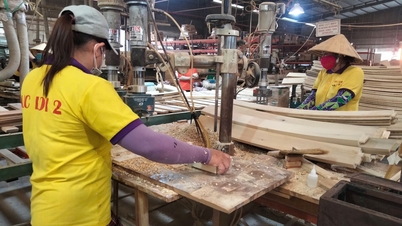

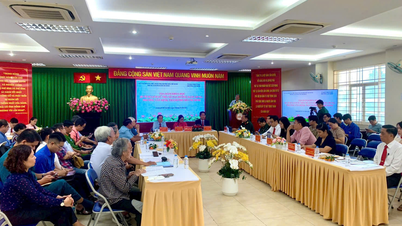











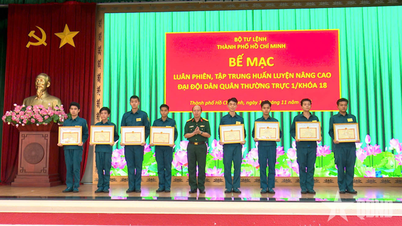

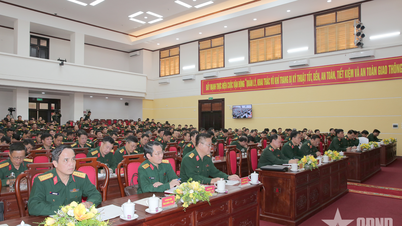



![[Photo] Special class in Tra Linh](https://vphoto.vietnam.vn/thumb/1200x675/vietnam/resource/IMAGE/2025/11/14/1763078485441_ndo_br_lop-hoc-7-jpg.webp)


















































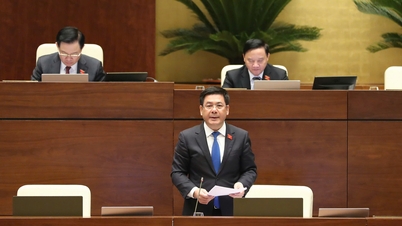










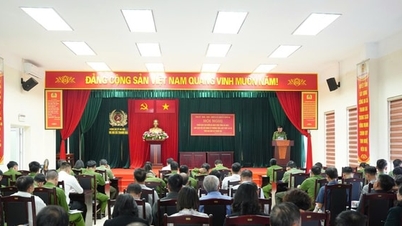













Comment (0)